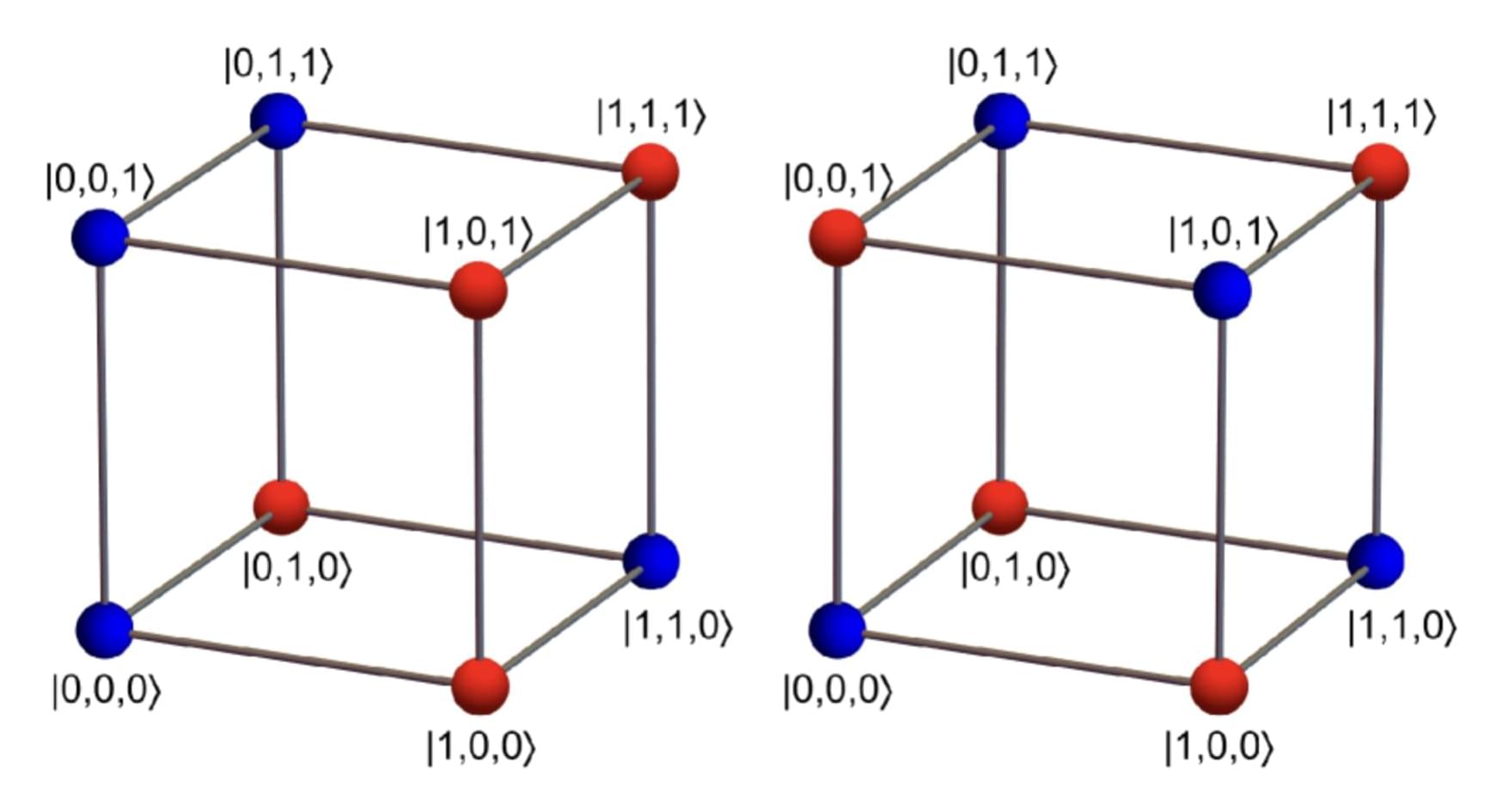To address this challenge, the researchers propose two alternative QV tests that sidestep classical simulation entirely. Their primary modification involves using parity-preserving quantum gates — gates that maintain the parity (even or odd sum) of qubits throughout the computation. This allows the heavy output subspace to be known in advance, eliminating the need for classical verification.
The first approach, the parity-preserving benchmark, modifies the structure of the quantum circuits while keeping the number of two-qubit interactions the same. The researchers argue that this change has minimal impact on experimental implementation but significantly reduces computational costs.
“Since the interaction part is unaffected, the number of fundamental two-qubit gates, 3 in case of CNOTs, remains unchanged,” they write in the paper.
